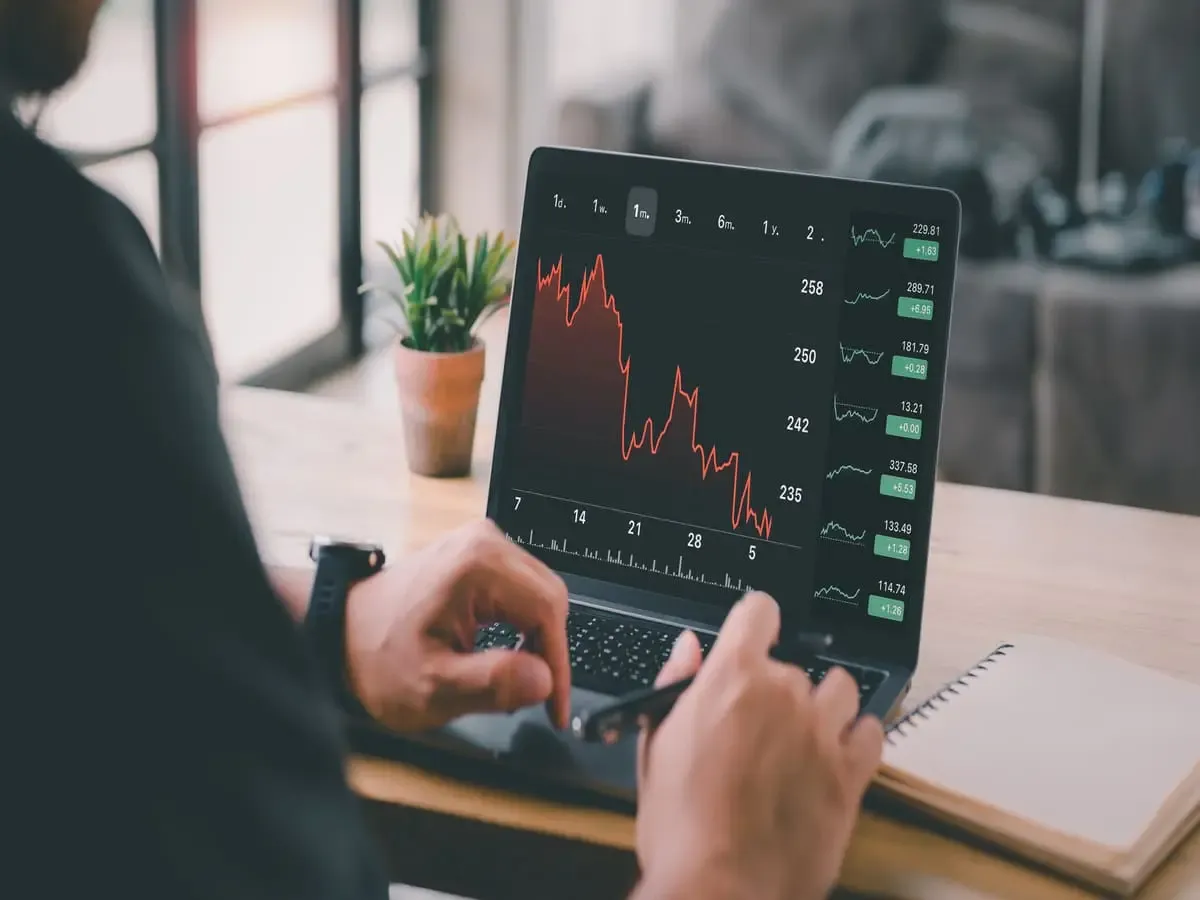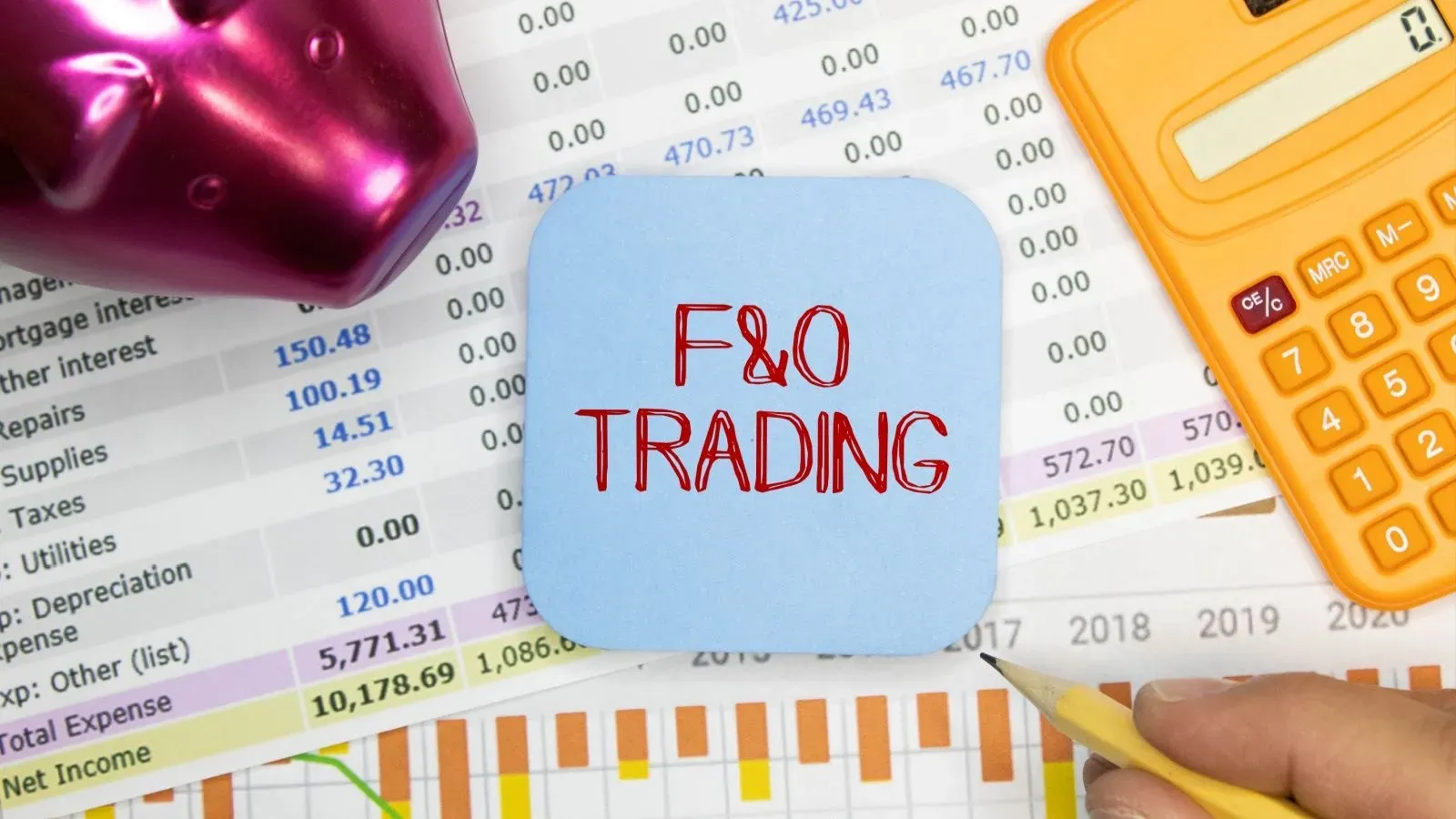Put Warrant: Meaning, Benefits, Criticism
Written by Upstox Desk
Published on July 31, 2025 | 5 min read

Summary
Warrants are financial instruments that allow investors to purchase or sell a portion of their assets, like a stock, at a settled price, before the expiration or end date. Warrants are of two types- Call warrants and Put warrants. Call warrants are used when investors are looking to buy a particular asset and Put warrants provide them with the right to sell an asset at a specified price and within the designated period. Put warrants act as a means of protection against a decline in stock prices through the strategy of hedging. Let us explore more on Put warrants in this blog.
The key components of Put warrants
Put warrants are derivative securities and hence derive their value from an underlying asset, such as stocks, commodities, currencies, interest rates, bonds, or indices. Their value is determined by changes in price movements of such assets and commodities and their performances. Companies often issue Put warrants to raise capital or make bonds more appealing to potential investors. You can trade Put warrants on stock exchanges and speculate on the future price movements of a particular asset.
Let us now dive into the key components of a Put warrant:
- Strike Price: The price at which the holder of the Put warrant sells the underlying asset is known as the strike price. The strike price is settled when the warrant is issued and remains constant until expiration.
- Expiration Date: Put warrants come with a limited lifeline and expire on a specified date. After the said expiration date, they lose their worth completely.
- Underlying Asset: Put warrants are derivatives that are tied to a specific underlying asset. The price movements of the particular asset influence the value of the Put warrant.
- Premium: If you want to acquire a Put warrant, you must pay a premium, which is the initial cost of the warrant. This gives you the right to sell the underlying asset at the strike price.
Benefits of Put Warrants
Now, let us look at the benefits of investing in Put warrants.
-
Protecting your portfolio
A Put Warrant is a great financial instrument for hedging. As an investor, you can purchase a Put warrant to protect the value of your holdings. Put warrants are thus a great way to overcome potential decline during a market slowdown. A Put Warrant guarantees a specific price of your assets (strike price) even if their market value falls down. This is thus an effective way to save your money and limit potential losses.
-
Speculative Opportunities
If you are speculating a drop in the prices of your underlying assets, you can purchase Put warrants. Doing so will allow you to determine a strike price for your assets, at which you can sell them in the future in case of a price decline. The difference between the market price of your assets in future and that of the strike price is what you gain from the transaction.
-
Leverage
As an investor you earn leverage from the purchase of Put warrants. Put warrants allow investors the right to control a larger position in the underlying asset for a relatively small premium. Therefore, your profits are amplified, and you gain much more than by investing in the asset directly.
-
Liquidity
Put warrants are traded on stock exchanges and quite easy to purchase and sell. The liquidity of Put warrants make them a popular financial instrument for hedging.
Criticisms of Put Warrants
Let us now understand some drawbacks of Put warrants so that you can make informed decisions.
-
Limited Lifespan
Put warrants do not come with an infinite lifespan and are rendered worthless if an underlying asset’s price remains unaffected or increases. Thus, whether you use the Put warrant or not, it is going to expire at a specific date.
-
Premium Costs
As an investor you need to pay a premium to purchase Put warrants. This premium is non-refundable and erodes profits if the anticipated price movement doesn't materialise. In such cases, the premium is considered a sunk cost leading to losses.
-
Risk of Expiry
Put warrants run the risk of expiring if the underlying asset's price remains above the strike price. This is because in such a scenario, Put warrant holders might not exercise the warrant before the expiration date. This results in a complete loss of the premium amount.
-
Complex Strategies
To exercise Put warrants effectively you must have a good understanding of derivative strategies and options. Put warrants are inherently complex and risk-intensive making it challenging for amateur investors.
To summarise
Put warrants are an effective hedging tool that allows investors to make profit during a price decline by fixing the price of their underlying assets. While they come with a plethora of benefits, they also pose certain risks and limitations. It is therefore advisable that you consider your investment goals and risk tolerance before trading in Put warrants. Consulting a financial advisor will help you get a better understanding of them and allow you to reach your financial goals.
About Author
Upstox Desk
Upstox Desk
Team of expert writers dedicated to providing insightful and comprehensive coverage on stock markets, economic trends, commodities, business developments, and personal finance. With a passion for delivering valuable information, the team strives to keep readers informed about the latest trends and developments in the financial world.
Read more from UpstoxUpstox is a leading Indian financial services company that offers online trading and investment services in stocks, commodities, currencies, mutual funds, and more. Founded in 2009 and headquartered in Mumbai, Upstox is backed by prominent investors including Ratan Tata, Tiger Global, and Kalaari Capital. It operates under RKSV Securities and is registered with SEBI, NSE, BSE, and other regulatory bodies, ensuring secure and compliant trading experiences.





















